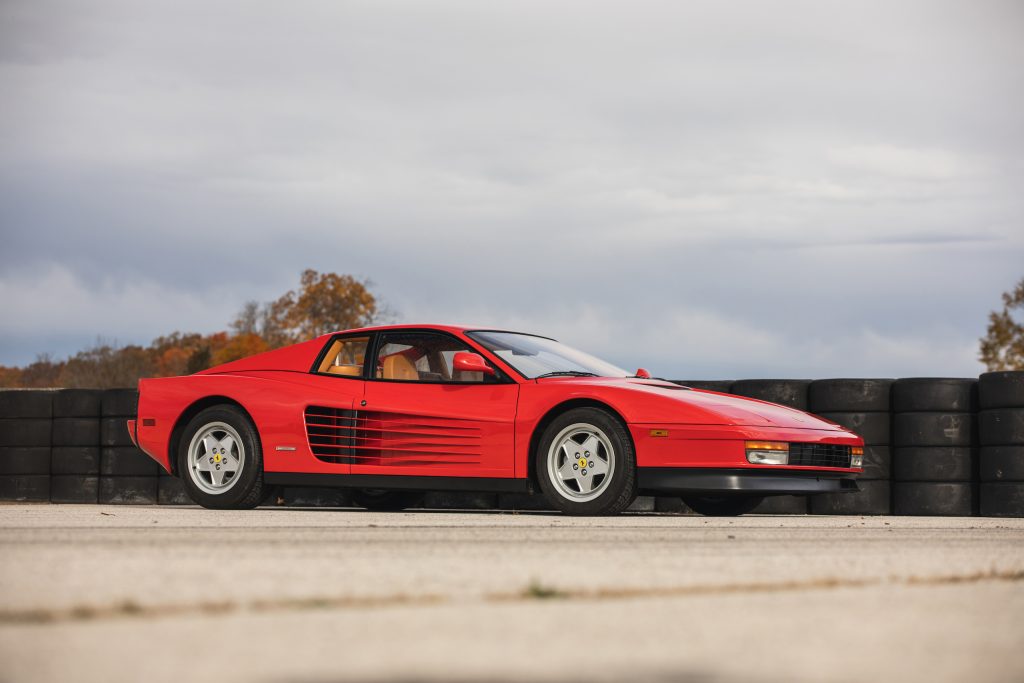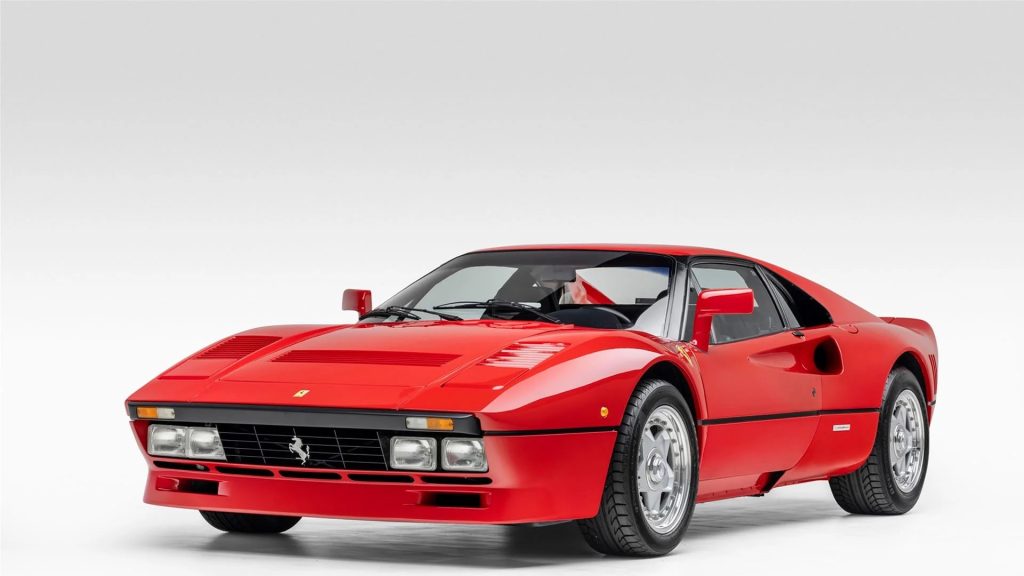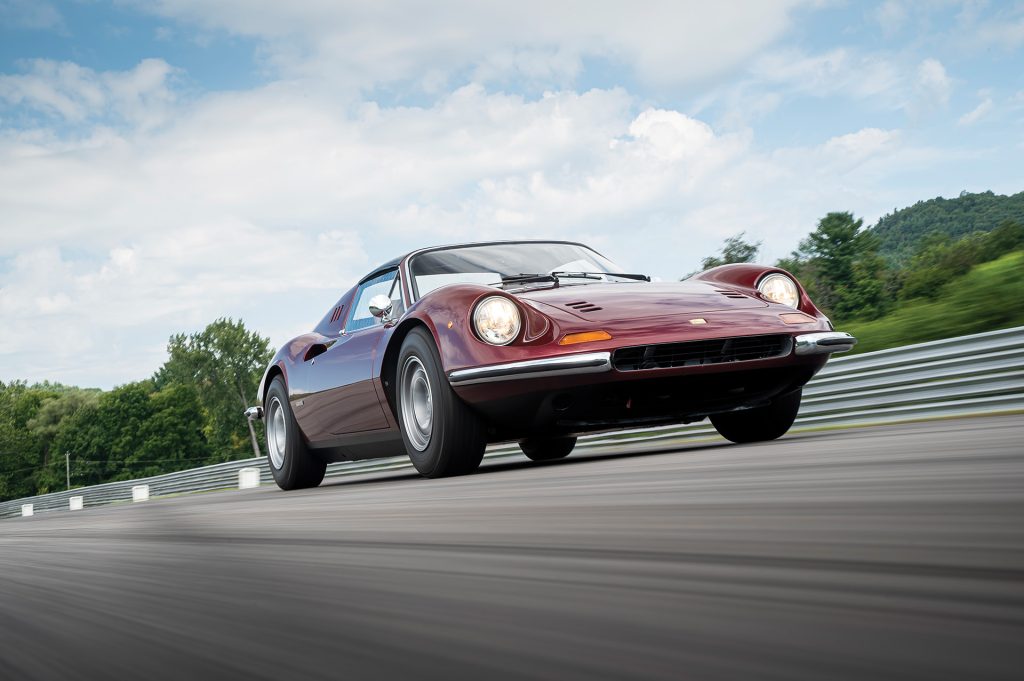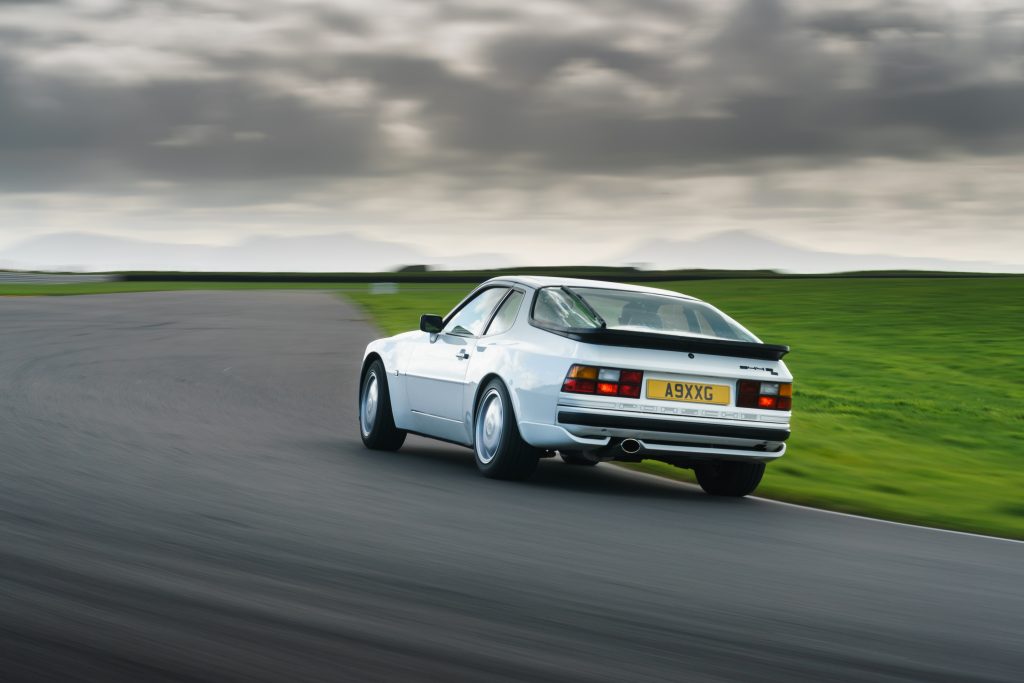George Orwell was totally wrong. Our world in 1984 wasn’t filled with drab, grey streets, surveillance devices, and suspicion – we’d have to wait a while for those. Instead, it was the era of neon socks, Cabbage Patch dolls and the Sony Walkman. Cinemas hosted one of the most amazing years on record, introducing Indiana Jones, Beverly Hills Cop, Terminator, Ghostbusters, and Dune, while the sounds of Band Aid, Wham!, Frankie Goes to Hollywood, and Agadoo filled the airwaves. Highlights, big hair, and shoulder pads were everywhere, and that was just the men.
In the car world, the decade-long fight for supremacy between Vauxhall, British Leyland, and Ford was being won by the Blue Oval, with the Escort and Sierra dominant, but Austin were responding with the Montego, with the catchphrase: ‘Driving is believing.’ Ferrari launched the Testarossa and the 288 GTO supercar, and Toyota unveiled the J70 Land Cruiser and the MR2. Across the Atlantic, in Michigan, a guy called Frank Hagerty started a specialist classic boat insurance company with his name on it, which would later grow to include specialist cars.



The classic car world has changed a massive amount in the 40 years that Hagerty has been around. Back in 1984, the Jaguar E-Type was just 23 years old and the Ford Mustang and Porsche 911 mere 20-year-old saplings. Flip through a classic car magazine of the time, and the features focused on the cars of the 1940s and ’50s, like the Jaguar XK series, or long-dead brands like Cord, Hampton, and Autovia. Mind you, some things don’t change: Back then DK Engineering were selling Ferraris, Stanley Mann offered a range of WO Bentleys, and you could have your wire wheels fixed by MWS, your carburettors tuned by Burlen, and your brake pipes replaced by Automec.
One thing that has changed beyond recognition, however, are the values of classic cars. Hagerty being Hagerty, we wanted to see just how prices have changed, so we sifted through hundreds of advertisements from 1984 classic car magazines and consulted price guides of the era. The results even surprised us.
The Lamborghini Miura came out on top. A guide price of £7113 in 1984 has risen to £1.4M, phenomenal growth even if you adjust for inflation. Similarly, a period advertisement for a Ferrari 500 Superfast, a rare right-hand-drive example for £32,000, shows over £1.1M of growth. A rare Aston Martin DB6 Volante (then £18,950, now £623,000) and a Ferrari Dino 246 GTS (then £11,950, now £537,000) make up the top four in the ads we found.

But these are the cars that are always talked about, the ‘Market Soars’ headline-grabbers. What’s more interesting is to look at why they were undervalued back then and why things changed. The Miura was the old model, maybe perceived as a bit old-fashioned compared to the extraordinary styling and performance of the Countach. The 500 Superfast has a rather unconventional design compared with some of its other Ferrari counterparts of the era and again, comparing it to the 308 and the Testarossa, it probably seemed pretty tame. Meanwhile, the Dino – well, some people were still refusing to even acknowledge it as a Ferrari. The Aston Martin DB6 is an interesting one, and maybe it’s down to the Bond effect, or lack of it. 1984 was the end of the Roger Moore era, and it had been nearly 20 years since the DB5 had appeared in Thunderball. It took another decade to appear again, this time in GoldenEye, but it really wasn’t until the Daniel Craig revamp in 2006 when Bond – and the DB5 – became seriously cool again. And, as Hagerty have often said, when DB5 values are hot, the DB4 and DB6 are pulled up too.

But the cars at the bottom of the list, once prices are adjusted for inflation, are fascinating in their own right. The Porsche 944, Audi Ur Quattro, Mercedes-Benz 280SL, and Ford Sierra XR4i have all lost value, but in 1984 they were the new, cool cars of the era and at peak demand so prices were at their highest. Some – like the Audi and the Ford – have gained a lot of value back in the last few years, but they haven’t quite reached their new-car pricing again in real terms.
For me, what’s really interesting is the value change of the cars in the middle. Pretty much everything has increased, but at less that £1000 per year in real terms. That puts things in perspective: If you want to make money, there are easier ways to do it than collecting classic cars. If you want to have fun with a hobby that may cover its costs, then look no further. So, for those of you storing your 2024 Lotus Emira, 992 Porsche 911 Carrera, or Ford Focus ST in a bubble in the hope it will pay your mortgage off in 2064, you’re probably better off just driving it and enjoying yourself now.









